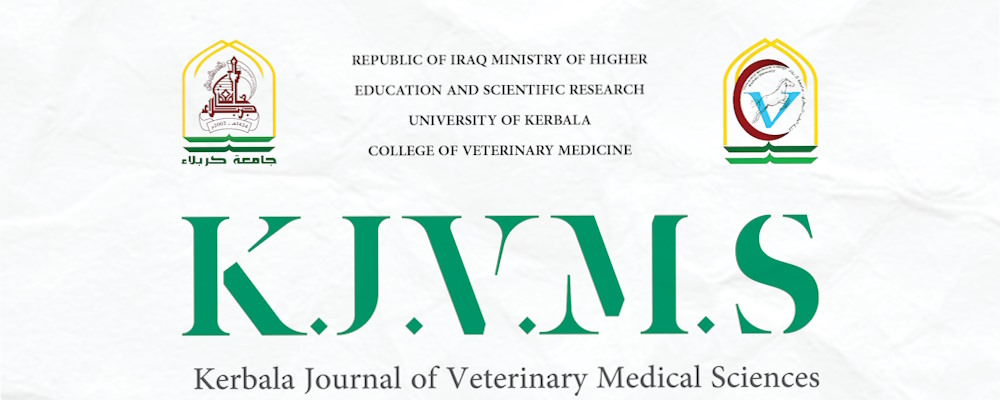
Kerbala Journal of Veterinary Medical Sciences (KJVMS) is a scientific and open-access journal that publishes peer-reviewed articles in the field of veterinary medicine. The journal aims to disseminate high-quality research and promote advancements in veterinary science by providing a platform for scholars, researchers, and practitioners to share their findings. KJVMS covers a wide range of topics, including animal health, diagnostics, treatment, surgery, pathology, and veterinary public health. By being an open-access journal, KJVMS ensures that its content is freely available to the global scientific community, fostering knowledge exchange and contributing to the improvement of animal welfare and public health.
